Carl Snoilsky Collection
The Snoilsky donation is one of the most frequently used collections of the university library, as well as one of the largest. It includes several rare Swedish books, and some exquisite bindings.
About the collection
Carl Snoilsky began collecting coins and seals at an early age, but later chose to mainly collect books. He was a friend of Library Manager of the National Library of Sweden Gustaf Edvard Klemming, a contact that offered stellar possibilities for cultivating Snoilsky's love of books. Drawing on his extensive knowledge of the field, he could purchase books for the National Library, and in turn receive duplicates from their collections.
Snoilsky collected books mainly from the Swedish 17th and 18th centuries. Each book in the collection has been acquired due to its historical significance, the beauty and quality of the binding, and any important provenances. A key point for Snoilsky was that all books in the collection must be of the highest quality, and in perfect condition.
The collection includes, among other things, a copy of Linnaeus' Systema Naturae from 1735, previously owned by Carl Gustaf Tessin, the first printing of Heliga Birgittas Uppenbarelser from 1492 (as well as a later edition from 1556), Olof Rudbeck's Atlantica from 1679-1702 and one copy of Carl Jonas Love Almqvist's Det går an - the cancelled first printing of this work, of which only three extant copies are known.
Snoilsky served as manager of the National Library from 1890 until his death in 1903. During these years, his book collecting took a different turn: now, he focused mainly on newer titles, and in addition received many books as gifts from various authors.
Acquisition history
Carl Snoilsky's wish was that his book collection should be auctioned off after his death, but complications arose, and only after several interesting turns of events, a group of prominent personages from Gothenburg bought his library, and donated it to the then Gothenburg city library.
Snoilsky made a catalogue for his collection, but this is not yet available in print. The catalogue is held at the Humanities Library, but likely includes works that were no longer in the collection when it was acquired for the Gothenburg city library. For this reason, the catalogue has not been made available in digital form.
For more in-depth information about the creation of the collection and its further history, we recommend First Librarian Anders Larsson's excellent text ”Boksamlaren Carl Snoilsky”.
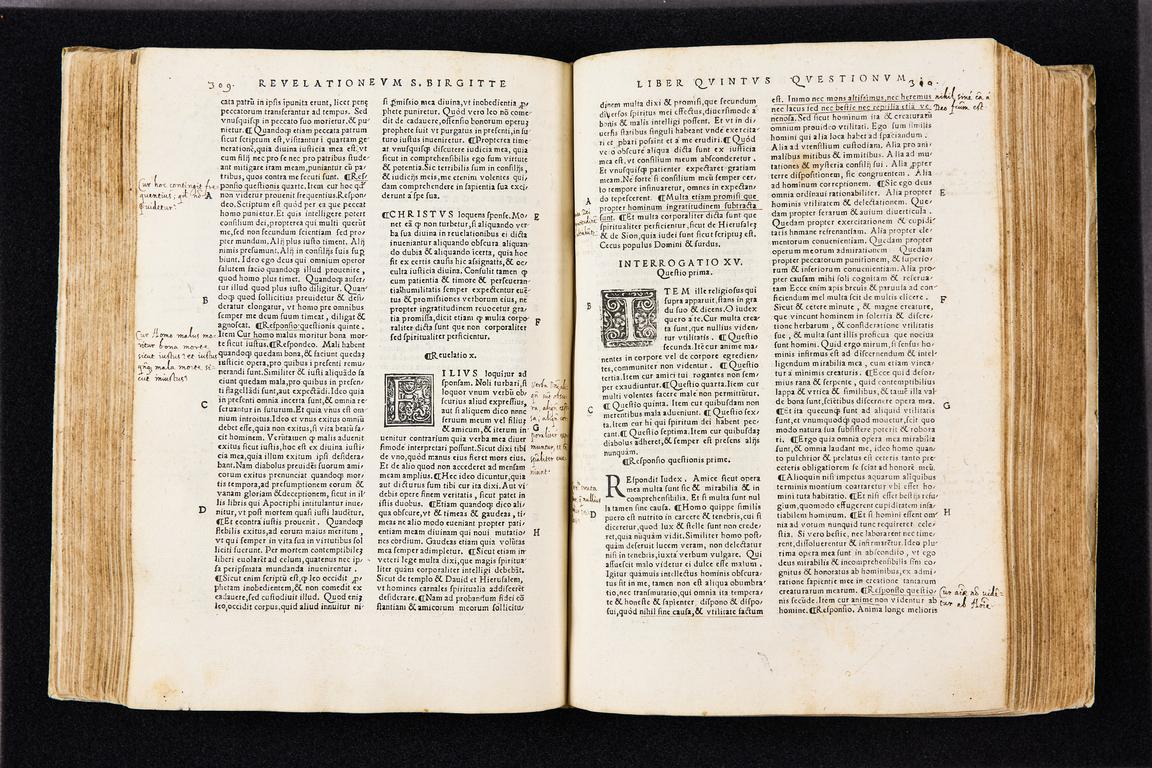
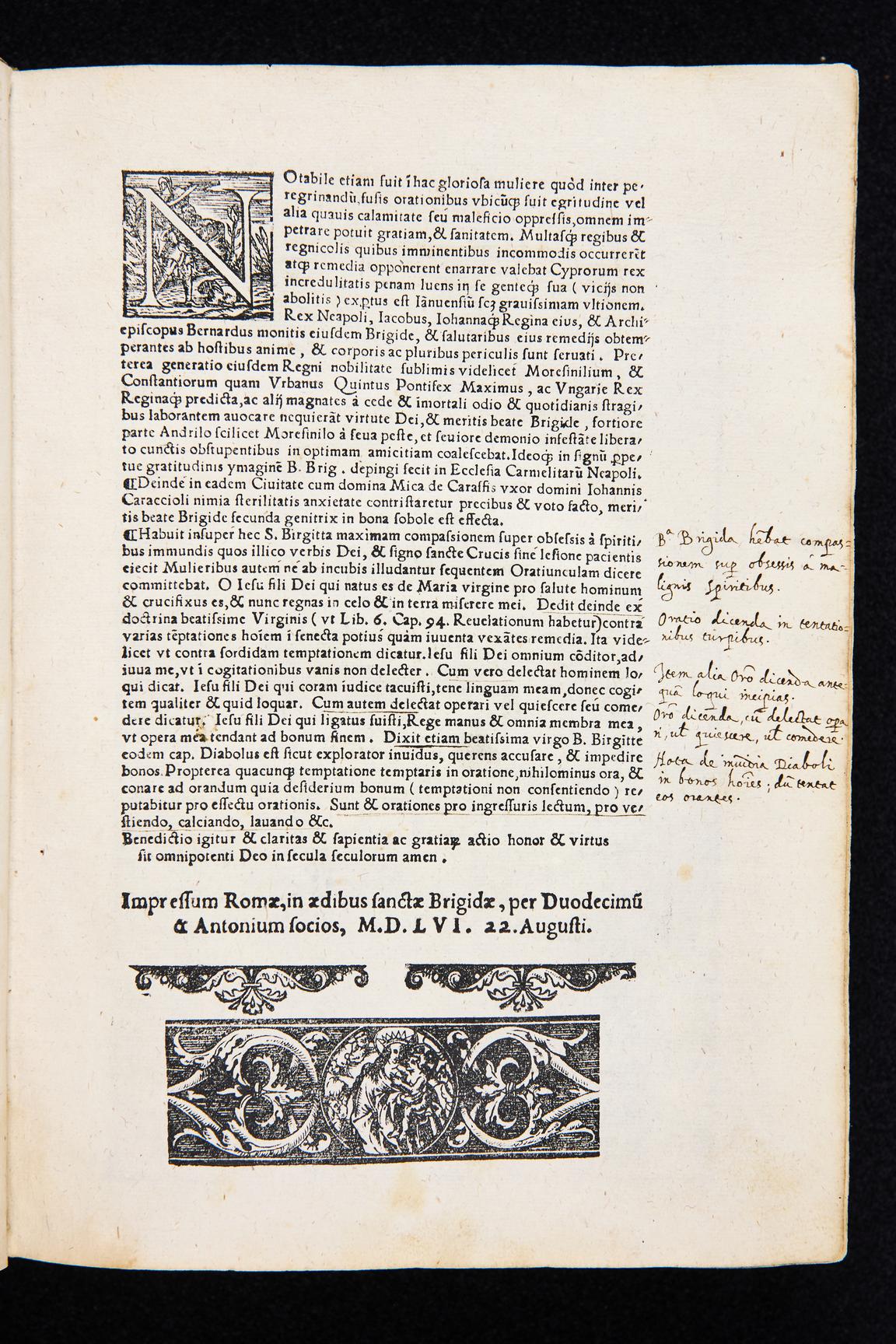
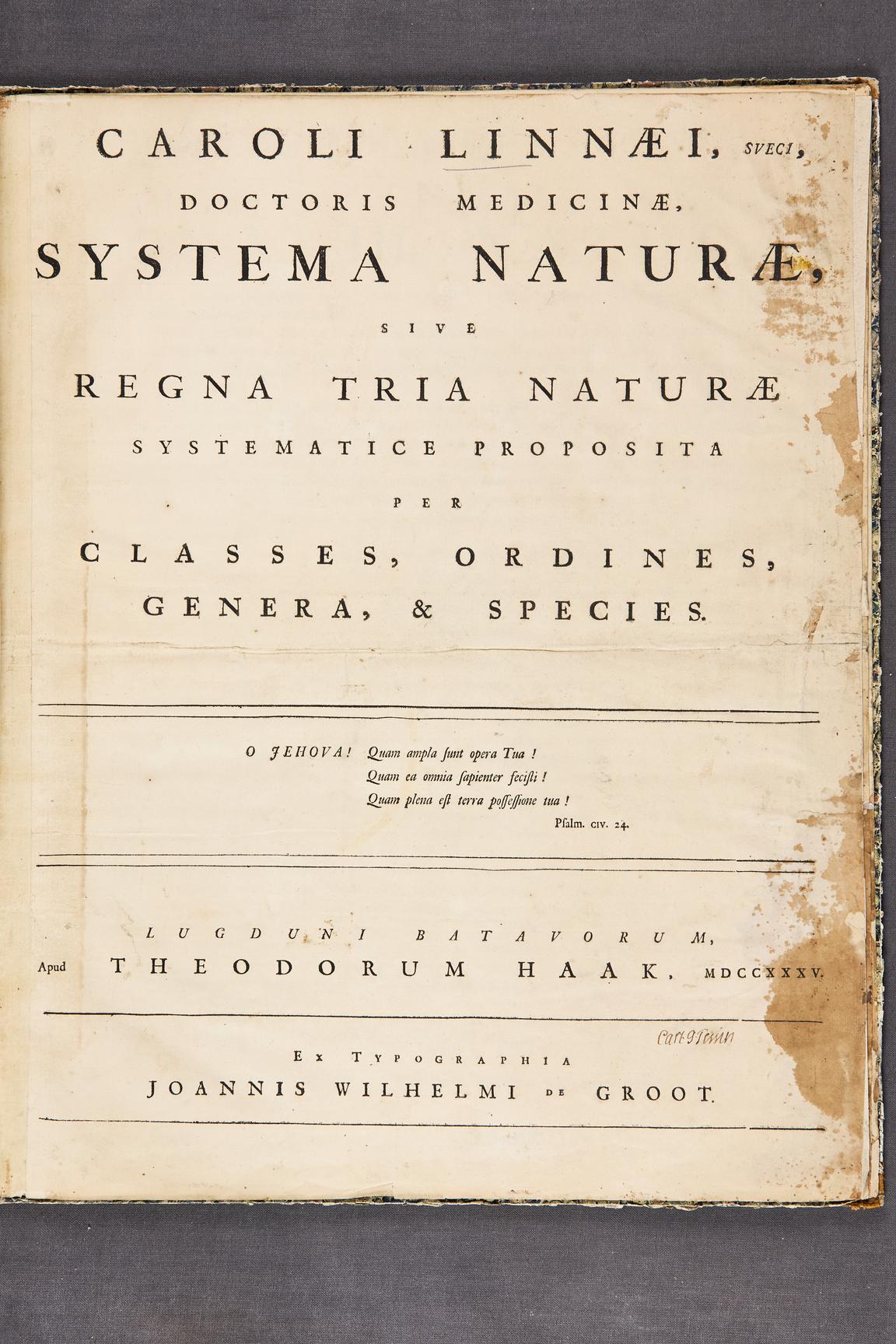
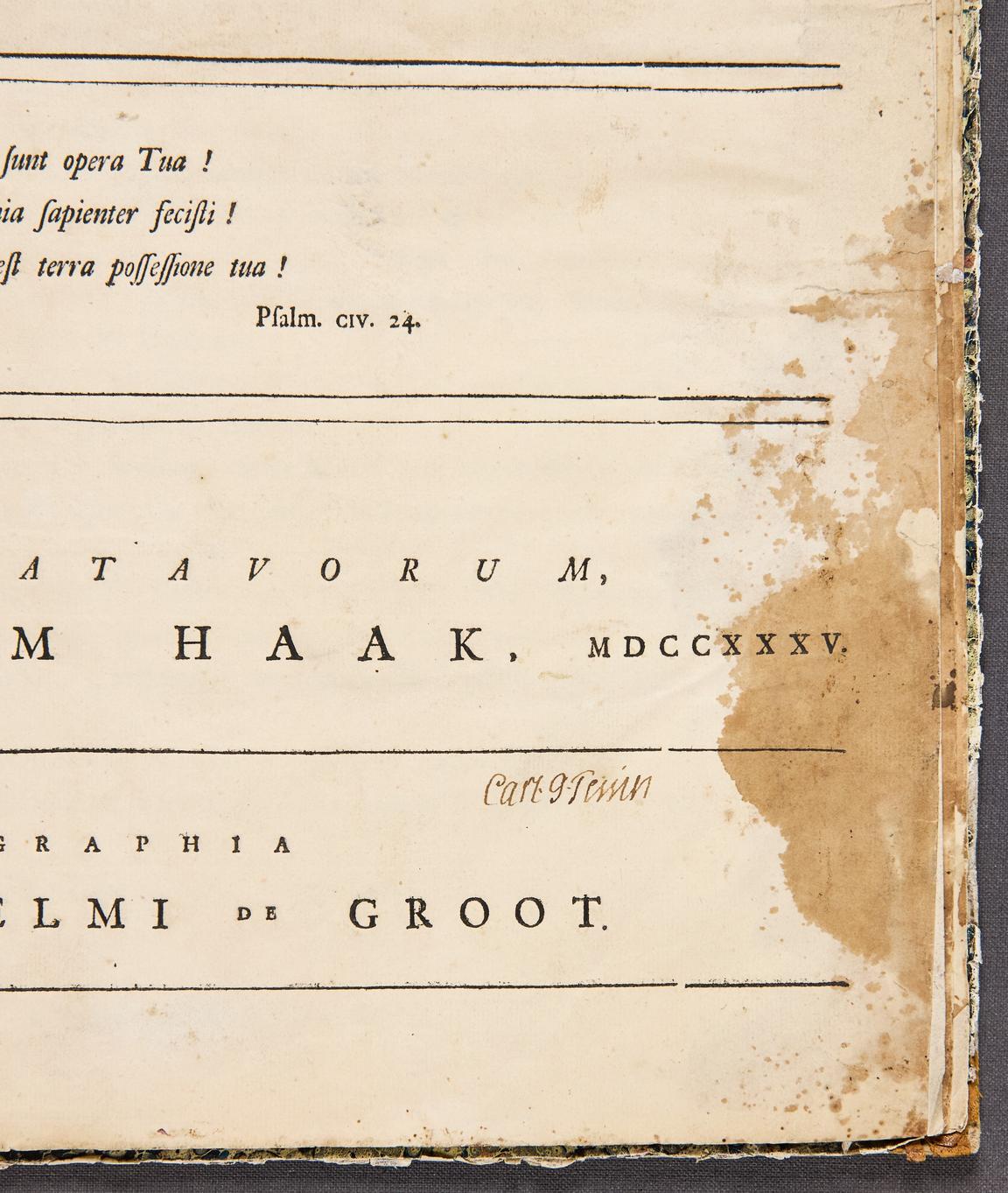

Access the collection
The collection is held in the closed stacks of the Humanities library. It is available for reading room use only.
Catalogue
A handwritten catalogue of the Snoilsky collection os available at the Humanities Library, but it is possible that this catalogue also includes material that was never acquired by the library.
Inventory
Manuscripts via Alvin
Humanities library
Renströmsgatan 4
405 30 GOTHENBURG
Phone: 031-786 17 45
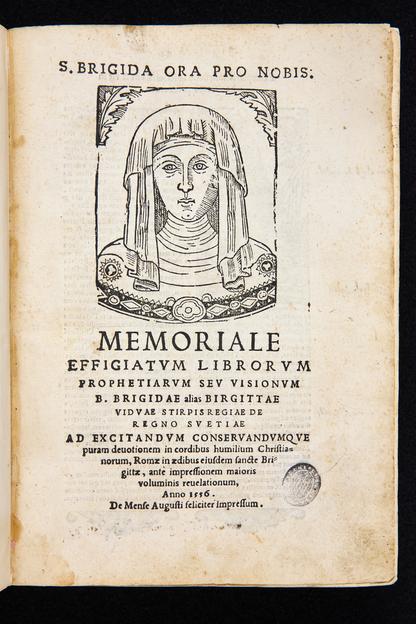
Text:
Kristina Sevo
Biography
Already in his lifetime, Carl Snoilsky (1841-1903) was a well-known personage, and there are many books written by and about him. His biography is also covered by a great many online resources, and for this reason, the below text is limited to a few biographical remarks.
As previously mentioned, Snoilsky began collecting various types of items already in his teens. Initially, he took an interest in coins and seals, but later branched into book collecting. From the correspondence between him and Manager of the National Library Gustaf E. Klemming in Stockholm, it is plain that both men had a keen interest in the history of books, and that Klemming was, in many ways, an inspiration to Snoilsky.
Carl Johan Gustaf, Count Snoilsky was born in Stockholm on September 8th, 1841. He had excellent opportunities for a versatile career. He studied in Stockholm and Uppsala, made a Grand Tour in Southern Europe, and worked both as a poet and attaché. He married twice, and in connection with his second marriage to Ebba Fredrika Eleonora Ruuth, the family moved abroad and lived, among other places, in Dresden, Germany, until 1890.
In 1890, Snoilsky was made library manager of the National Library, succeeding his friend Gustaf Klemming. He would remain there until his death on May 19th, 1903.
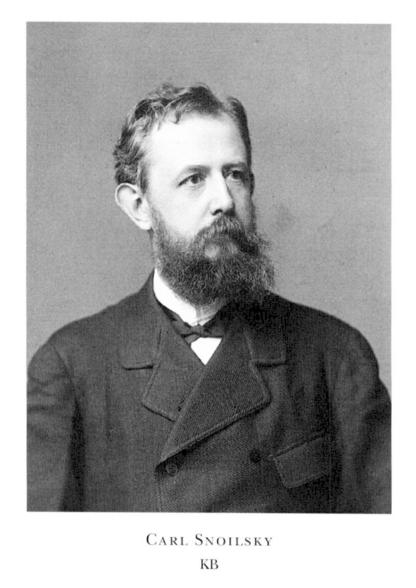
Read more
Johansson, J. Viktor, Snoilsky som bibliofil, Stockholm, 1945
Johansson, J. Viktor (ed.), Bokvandringar: uppsatser om böcker och boksamlare, Stockholm, 1945
Larsson, Anders, Boksamlaren Carl Snoilsky, 2004, p. 34-39. In: Carl Snoilsky: skalden som samlade mynt och böcker, Svenska numismatiska fören., Stockholm, 2004. Ed. Wahlquist, Göran.
Snoilsky, Carl, Ett svenskt myntkabinett samladt och beskrifvet, Stockholm, 1873
Snoilsky, Carl, Carl Snoilskys och G. E. Klemmings brefväxling, Föreningen för bokhandtverk, Stockholm, 1919
Warburg, Karl, Carl Snoilsky: hans lefnad och skaldskap, Geber, Stockholm, 1905
Carl J. G. Snoilsky in the Svenskt biografiskt lexikon
Suggested research topics
- An overview of the collection's contents. What is represented here, and how does it mirror the time and context of the material?
- Bibliographical research concerning the original contents of the collection - what did really arrive to the then city library, and what books were sent elsewhere?
Please contact us if you have any suggested research topics you would like to share!